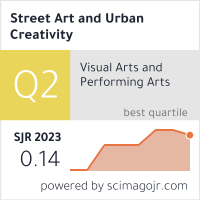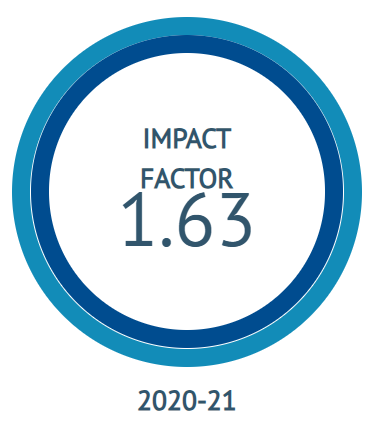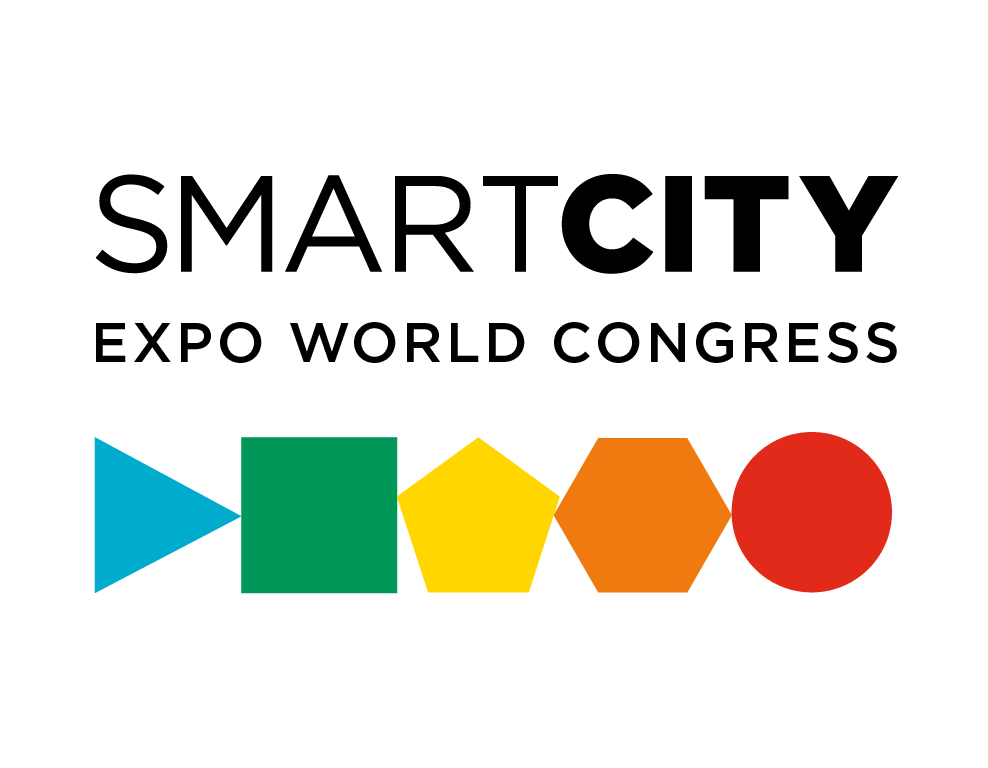Antoni Gaudí – The Gaudí Year 2026
Abstract:
The Gaudí Year 2026 marks the centenary of the death of Antoni Gaudí (1852–1926), an architect whose work has transcended his own time to become a universal symbol of creativity, spirituality, and urban experimentation. Recognised by UNESCO as World Heritage in several of his masterpieces—such as Park Güell, Casa Batlló, Casa Milà (La Pedrera), and the Crypt of Colònia Güell—Gaudí transformed Barcelona’s urban landscape into a living artistic ecosystem, where architecture, nature, and symbolism merge into a narrative that continues to inspire contemporary artists, urban planners, and creators.
His organic modernism, characterised by the innovative use of curved forms, trencadís mosaics, integration with nature, and profound religious and cultural symbolism, has resonated in street art, urban interventions, and today’s visual arts. From murals inspired by his biomimetic geometries to ephemeral performances and digital mapping on his façades, Gaudí has been recontextualised as an icon of global public art, connecting historical heritage with contemporary urban creativity.
In 2026, Barcelona will become the World Capital of Architecture, hosting international events such as the Grand Départ of the Tour de France, which will pass along Avinguda Gaudí in front of the Sagrada Família, reinforcing the connection between urban space, cultural tourism, and media visibility. This year also coincides with key construction milestones on the Sagrada Família, including the advancement of the Jesus Christ Tower, bringing closer the completion of a project begun in 1882 and consolidating its role as a living architectural laboratory. This context turns Barcelona into an experimental stage where heritage, contemporary art, collective memory, and visual culture intersect.
Street Art & Urban Creativity (SAUC) invites original research exploring how Gaudí’s legacy fosters new forms of urban creativity, stimulating both local artistic production and international academic reflection. We are particularly interested in studies addressing:
-
The reinterpretation of Gaudí’s work in public space, from graffiti and muralism to digital art.
-
The symbolic and visual role of Gaudí in the memory of cities, in Barcelona and beyond, where his aesthetics inspire interventions.
-
Processes of cultural appropriation, creative tourism, and citizen participation that connect heritage with contemporary artistic expression.
-
The ways in which historical architecture becomes a driver for urban visual culture, generating new dynamics of identity and aesthetic experimentation.
This commemoration not only honours the architect but also invites us to rethink his work as a catalyst for creativity and urban dialogue, linking Catalan modernism with 21st-century global public art.
Research topics for the call for papers:
-
Gaudí and his representation in urban art and graffiti.
-
Murals, ephemeral interventions, and mapping inspired by Gaudí’s architecture.
-
The influence of Catalan modernism on contemporary street art.
-
Visual and media narratives surrounding the Sagrada Família and other Gaudí landmarks.
-
Citizen participation and community projects linked to the Gaudí Year 2026.
-
Cultural tourism and urban branding based on Gaudí’s work.
-
Urban heritage and debates on conservation and artistic intervention.
-
Intersections between urban creativity, architecture, and historical memory.
-
Other proposals addressing the dialogue between urban art, public space, and Gaudí’s legacy.
Keywords:
Antoni Gaudí
Urban art
Urban creativity
Architectural heritage
Street art
Sagrada Família
Visual culture
Catalan modernism
Deadline for submissions: 14/12/2025












